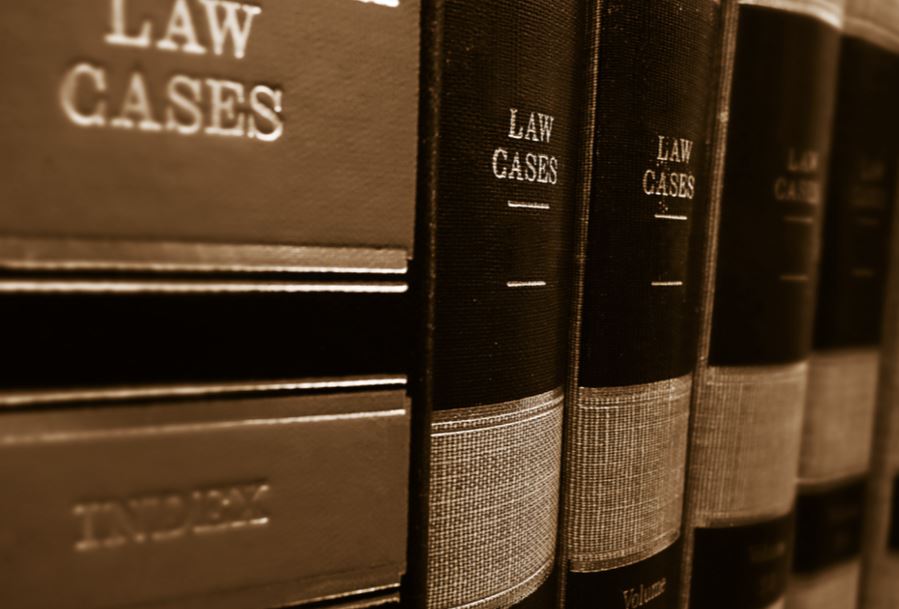Stewart v Glaze [2009] EWHC 704 (QB)
The facts of the case
The claimant in the case, Mr Stewart, was struck by a car in the early hours of Saturday 25th September 2004, driven by the defendant in this case, Mr Glaze. The result of the road traffic accident was that Mr Stewart suffered catastrophic head injuries and was put into a permanent vegetative state. There were two witnesses to the accident, firstly Mr Stewart’s friend, Mr Marfleet, and secondly the defendant himself, Mr Glaze.
Mr Stewart and Mr Marfleet had just got off a bus near their homes but for some reason the two stayed at the bus stop; they sat down and started talking. The two at the time were fairly drunk. Mr Glaze, was driving home after visiting his sister, he knew the road well and was being vigilant for ‘late-night stragglers,’ who he knew were a potential road hazard at this time of night. When Mr Glaze was within sight of the bus stop, he saw two people sitting there and talking. He was prepared to brake but he didn’t believe the two people were a road hazard as he thought they were waiting for a bus.
The two friends were chatting when suddenly Mr Stewart stood up and walked from the bus stop to the kerb. Mr Marfleet claimed that Mr Stewart then walked straight out onto the road, at which point he was struck by Mr Glaze’s vehicle. Both witnesses stated that Mr Stewart did not stop before he was hit by the vehicle.
Mr Glaze claimed that he first saw Mr Stewart “lurching” onto the road and that he tried to swerve out of the way. However, Mr Stewart was struck by the wing of the car. Most surprisingly, Mr Glaze alleged that Mr Stewart had been running towards his vehicle at a 45 degree angle. Immediately afterwards, Mr Glaze stopped his car and ran over to Mr Stewart, whilst calling an ambulance. The police arrived on the scene to begin an investigation.
The court case
Though the police closed their investigation – concluding that there was no criminal negligence on the part of Mr Glaze – Mr Stewart took Mr Glaze to court, bringing a claim for damages caused by the accident. The claimant argued that Mr Glaze had been negligent in the way he was driving and that Mr Glaze should have braked sooner, which could have led to Mr Stewart sustaining less serious injuries.
The witnesses, Mr Marfleet and Mr Glaze, disagreed on two facts of the case. Firstly, Mr Marfleet claimed that Mr Stewart had walked straight out onto the road at a 90 degree angle to the kerb whilst Mr Glaze claimed Mr Stewart had come at him at a 45 degree angle to the kerb, straight towards the car. Secondly, Mr Marfleet claimed that Mr Stewart had walked out onto the road whilst Mr Glaze alleged that he had been running and that his left leg was off the ground at the point of impact. Both the claimant and the defendant called on accident reconstruction experts to provide evidence.
The court’s decision
The judgment of the court was that Mr Glaze had not been negligent in the accident and rejected Mr Stewart’s claim.
The evidence of accident experts clearly came to the same conclusion that Mr Stewart was at an angle of around 45 degrees towards the car when he was struck, supporting Mr Glaze’s claim and so Mr Marfleet’s claim was rejected. The second disagreement over whether Mr Stewart had run on to the road or not was more contentious as the two experts disagreed. The court took the side of Mr Glaze’s expert and asserted that Mr Stewart had run towards the car.
In the court’s conclusion it decided that Mr Glaze had not been negligent. Experts had calculated that Mr Glaze had a very small window in which to brake, between 0.5 seconds and just over 1 second. The court said that it was unrealistic to think that this was enough time for Mr Glaze to react to a drunk pedestrian running out onto the road towards him. The court also said that Mr Glaze’s driving, based on the evidence, did not fall below the standard of a reasonable driver, his speed was estimated at 31 mph in a 30 zone and he had been driving with care. It was perfectly reasonable for Mr Glaze to have thought that the two friends were waiting for a bus and that when Mr Stewart stood up, it appeared that he was simply checking for a bus. Therefore, the court ruled that in its opinion Mr Glaze had met the required standard of care in the way he was driving; he had not had time to brake sooner, he had not exceeded the speed limit and was paying due care and attention to the road.
In addition, the claimant’s accident expert claimed that if Mr Glaze had braked earlier, the injuries sustained would have been less serious but the court rejected this, asserting that only a medical professional could make such a claim. The court again highlighted the very short period of time Mr Glaze had and ruled that there was no evidence to suggest that if Mr Glaze had braked sooner, the life-changing injuries wouldn’t have been sustained. Even if it was physically possible that Mr Glaze could have braked sooner, that didn’t mean that his conduct fell short of the standard required by his duty of care or that it would have affected Mr Stewart’s injuries.
The claim was therefore rejected by the High Court. It ruled that a driver couldn’t be held liable in a case where a drunken pedestrian had caused the accident and the driver had met the required standard of care. The court also highlighted that only a medical professional, unlike an accident specialist, was qualified to speculate on how bad injuries would have been if a driver had done something differently.
Further Reading
From one of the UK’s most read legal blogs.








